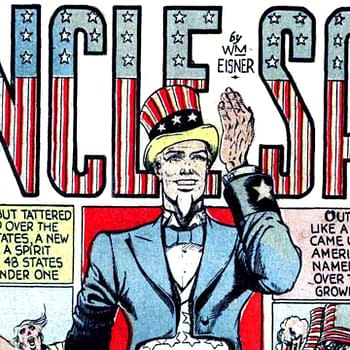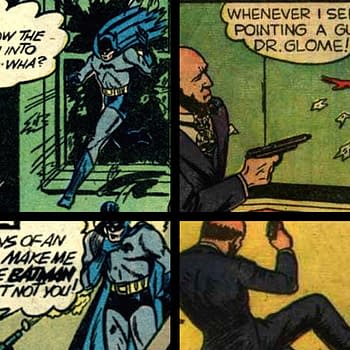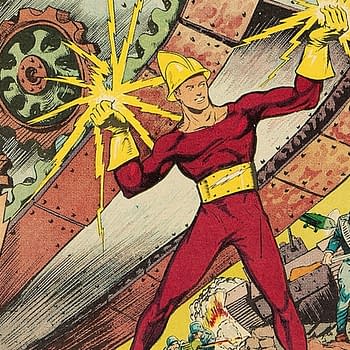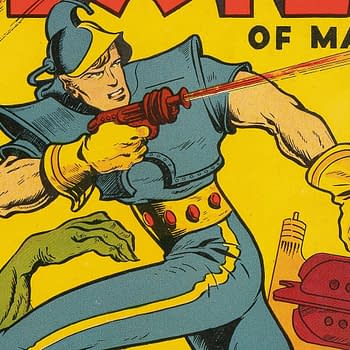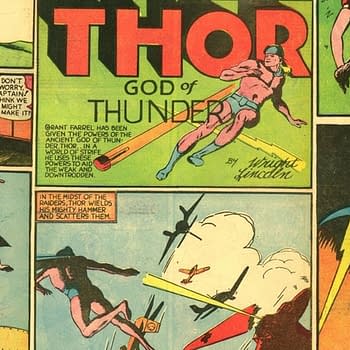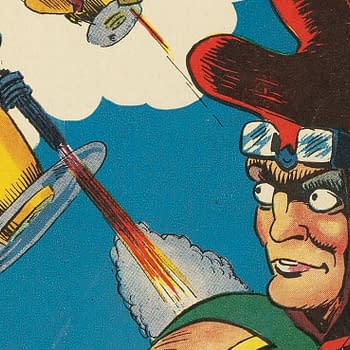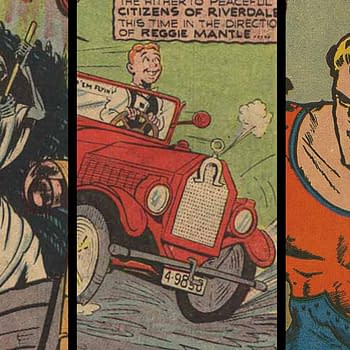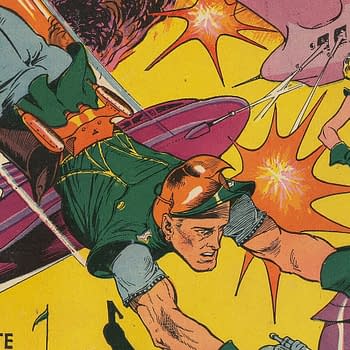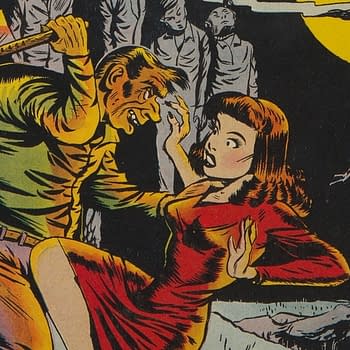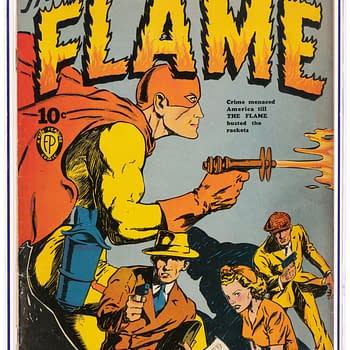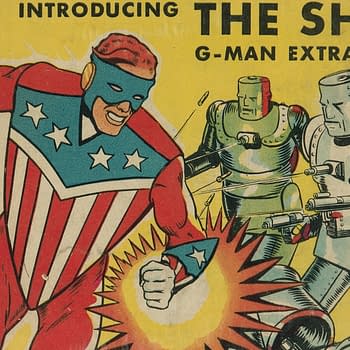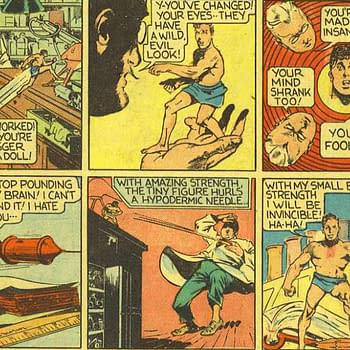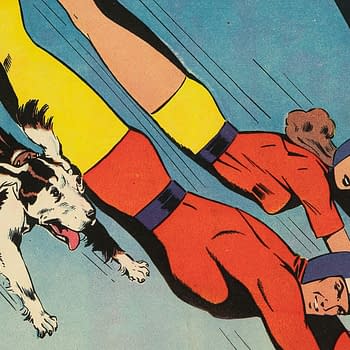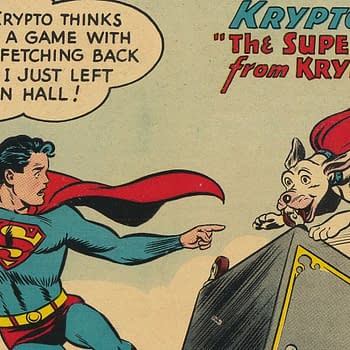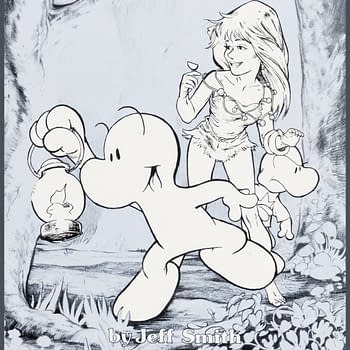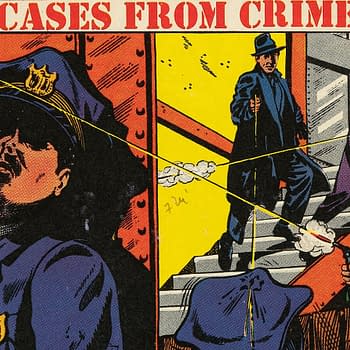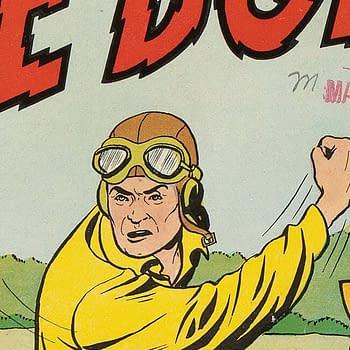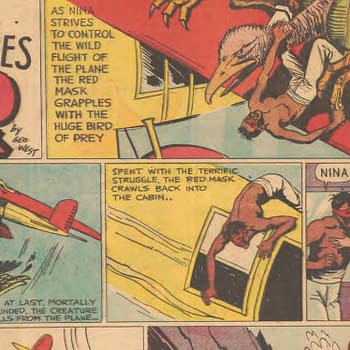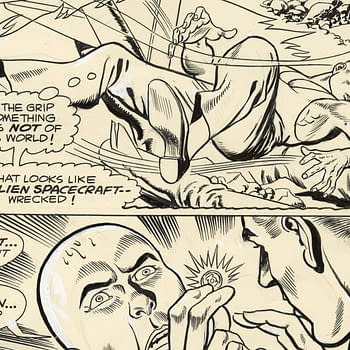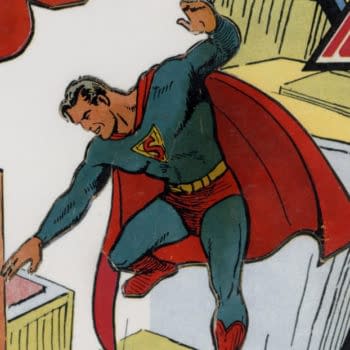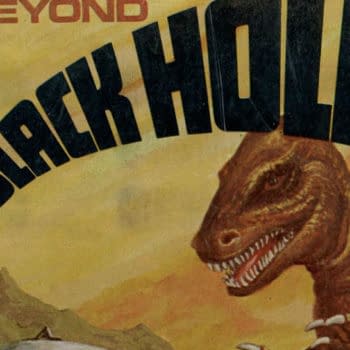Vowing to take revenge for the murder of his brother The Comet, The Hangman's chilling debut is chronicled in Pep Comics #17.
Vintage Paper Archives
Suspense Comics #3 may get all the attention, but Suspense Comics with L.B. Cole covers are worth Pre-Code Horror collectors' time.
American icon Uncle Sam became a comic book superhero in Quality Comics title National Comics, adapted for this purpose by Will Eisner.
After successfully suing Victor Fox over Superman similarities, DC Comics did it again over copying Batman & Robin in Mystery Men Comics.
Mary Marvel debuted in the Wow Comics title about three weeks after her first appearance in Captain Marvel Adventures #18.
With the Flame seemingly near death, Linda Dale vows to continue his legacy, becoming Flame Girl in Wonderworld Comics #30.
Shock Gibson debuted in Speed Comics #1 by going up against a would-be dictator with an army of zombies at his disposal.
Dick Briefer's Rex Dexter of Mars was meant to be a multi-media star, with aspirations for film, radio, merchandise, and syndicated strips.
Thor, God of Thunder from Fox Feature Syndicate's Weird Comics was one of the most interesting comic book takes on the character.
The obscure character Rebo from "Saturn Against Earth" published in the U.S. in Future Comics was eventually used in Donald Duck adventures.
Archie was a rather startling contrast with the very serious MLJ superheroes also featured in Jackpot Comics.
Lou Fine's Rex Dexter cover for Mystery Men Comics #2 is an early example from an artist who helped define science fiction art during comics' Golden Age.
Artist/writer Charles Quinlan transformed the character Cat-Man with a series launch that is highly regarded by Golden Age collectors today.
Crime Does Not Pay #33 is one of the most-collected issues of the most notorious series in comic book history.
A combination of superheroics, super-science and horror makes Fox Features Syndicate's The Flame one of the publisher's best characters.
The historic Pep Comics #1 introducing the Shield, America's first patriotic hero and launches a legendary comic book series.
Debuting in Quality Comics' Feature Comics #27 by Will Eisner, Doll Man is considered the Golden Age's first shrinking superhero.
Bulletdog was arguably the first "superdog companion" of the Golden Age, setting the stage for Krypto and other superpets to follow.
Heritage Auctions is looking to hire a comics and comics art cataloger who knows comics history, artists, titles, publishers and collecting terminology.
The first appearance of Krypto has a unique connection to the mid-1950s era of history during which he made his debut in Adventure Comics 210
Published by Jeff Smith in 1983, Thorn: Tales from the Lantern collect's Smith's earliest Thorn strips, containing early incarnations of characters made famous in Bone.
L.B. Cole depicts a scene from the Kansas City Massacre on the cover of All-Famous Police Cases #8, for a story on the career of organized crime's Johnny Lazia.
L.B. Cole creates drama for his cover of Confessions of Love #12 (Star Publications, 1952) based on the interior tale "I Couldn't Say No!"
Blue Bolt returns to the cover while a character inspired by Margaret Bourke-White joins his story, and RAF pilot Guy Gibson is featured elsewhere in the issue.
The earliest and one of the most rare of all Standard/Better/Nedor series, Best Comics featured the Adventures of the Red Mask.
Best known as the 1st app of Moondragon, Iron Man #54 by Everett, Friedrich, Tuska, and Colletta also features a visually spectacular Iron Man vs Sub-Mariner battle.
The 1970 Avengers #83 story titled "Come On In... The Revolution's Fine!" features the debut of Valkyrie (sort of), and a theme that has made it a topic of discussion.
Green Lantern #59 page 7, written by John Broome penciled by Gil Kane, and inked by Sid Greene, introduces Guy Gardner and shows him accepting the power of Green Lantern.
One of the most popular comic book keys, any copy of Superman #1 is desirable, including this unusual CGC .5 example.
Long sought-after for its relative rarity, Whitman's The Black Hole #4 is part of their continuation of the story from the Disney film.





